DEMYSTIFYING THE BABALON WORKING
Exploring the Reality Behind Jack Parson's Rituals and the Myths Fuelled by the Collins Elite's Misconceptions
Jack Parsons, a pioneering figure in both rocketry and the occult, is often remembered for his involvement in a controversial series of rituals known as The Babalon Working. Alongside the more infamous L. Ron Hubbard, Parsons sought to explore the boundaries of spirituality and science through these complex ceremonial practices.
Unfortunately, the legacy of these rituals has been overshadowed by misinterpretations and sensationalised myths, particularly those involving unfounded claims of human sacrifice and demonic summoning. This article aims to clarify the true nature of The Babalon Working, examine the distinct roles of Parsons and Hubbard, and correct the enduring misconceptions plaguing Parsons's occult legacy.
Jack Parsons: Rocket Scientist and Occult Innovator
Jack Parsons's contributions to both aerospace and magick are marked by his characteristic nonconformity and innovative spirit. As a co-founder of the Jet Propulsion Laboratory and a principal pioneer of modern rocketry, Parsons also delved deeply into the occult, drawing inspiration from Aleister Crowley's Thelema.
Unlike his scientific endeavours, where his lack of formal education was compensated by sheer brilliance and intuition, his foray into the occult was mired in esoteric practices that he adapted creatively, though not always accurately, from traditional Thelemic rituals.
L. Ron Hubbard: A Controversial Collaborator
Hubbard, who later founded Scientology, played a significant role in The Babalon Working, but his involvement has often been viewed through a critical lens. Hubbard's participation was marked by ulterior motives and personal gain. He entered Parsons's life as a charismatic figure, quickly becoming a close collaborator in the rituals.
However, his commitment to occult practices was shallow, serving more as a stepping stone to his later religious ventures rather than a genuine spiritual pursuit. His questionable ethics and the subsequent cult-like nature of Scientology have tainted perceptions of The Babalon Working, contributing to its mythologised status.
The Babalon Working Explained
The objective of The Babalon Working was to invoke the divine feminine archetype in Thelema, Babalon, through an elaborate series of rituals inspired by Aleister Crowley's philosophical novel, Moonchild. This novel outlines the concept of creating a magical child who embodies the divine spirit, an idea as old as the practice of magick itself. Contrary to the sensational and often grotesque portrayals that have emerged over time, these rituals were fundamentally symbolic, aimed at spiritual enlightenment and the transformation of the self rather than any form of demonic summoning or human sacrifices.
Without formal training in the intricacies of high-grade occult practices, Parsons attempted to navigate and implement Crowley's secretive instructions for the higher grades of the Ordo Templi Orientis (O.T.O.), such as De Homunculus and De Arte Magica.
These texts, complex and laden with esoteric symbolism, provide detailed guidelines on advanced magical operations intended for experienced practitioners and are, in fact, considered secret instructions only available to initiates of the higher degrees of O.T.O. De Homunculus, for example, discuss the theoretical creation of an artificial human, while De Arte Magica delves into the sacred sexual magic practices and the spiritual mysteries associated with them.
To give you the tl;dr, they employed scrying techniques and likely sexo-magical techniques to achieve higher states of consciousness, the kinds needed to contact and invoke higher dimensional beings.
The challenge for Parsons was significant; these texts are difficult to interpret and intended to be studied within the context of a formal progression through the O.T.O.'s initiatory system. Lacking this structured guidance, Parsons's interpretation of Crowley's writings was inevitably infused with his own intuitions and misunderstandings. As a result, while his intentions were aligned with the aims described in Crowley's texts—such as the transformational and elevating goals of Thelemic magick—his methods and implementations were uniquely his own, marked by a pioneering spirit but also by inevitable inaccuracies and idiosyncrasies. This is where his idea that the Working was successful in conjuring an "elemental" that he saw embodied in his soon-to-be-wife, Marjorie Cameron, stems from.
This misalignment was compounded by Hubbard's involvement, whose understanding of and commitment to Thelemic principles were even less rigorous than Parsons's. The duo's foray into these complex rituals without adequate grounding led to outcomes that were unpredictably different from traditional Thelemic practices, and these deviations have been a source of much of the misunderstanding and mythologisation surrounding The Babalon Working. The esoteric language and symbolic actions used in their rituals were often taken out of context or literally, leading to the dramatic misrepresentations that have persisted in popular culture and among conspiracy theorists.
In sum, The Babalon Working was Parsons' bold attempt to reach into the spiritual dimensions described by Crowley, using rituals based on his limited yet enthusiastic understanding of high-grade magickal operations. The misinterpretations of these efforts can largely be attributed to the lack of formal training and the esoteric complexities that such advanced practices demand, which were not fully comprehensible to Parsons and certainly not to Hubbard.
Adding to the modern cultural fascination with The Babalon Working, Kenneth Grant, a writer known for his exceptionally opaque style, played a significant role in popularising Parsons's magical endeavours within contemporary occult circles. If Crowley's writings are considered challenging to penetrate, Grant's works are doubly so, weaving a dense fabric of occult symbolism and surrealistic ideas.
Yet, it is precisely this complexity and allure that inspired figures across various creative fields. From comic writers like Grant Morrison to screenwriters such as Mark Frost, Grant's interpretation of The Babalon Working has left a lasting imprint.
Notably, Frost incorporated a sinister, though inaccurate, portrayal of the rituals into the mythology of his cult television show, Twin Peaks, further embedding Parsons's and Hubbard's occult legacy into the fabric of pop culture.
The Collins Elite and Misinformation: Untangling Fact from Fiction
The nuances surrounding the perceptions of The Babalon Working and related occult practices are deeply influenced by the actions and beliefs of two distinct groups: the Collins Elite and STAC5. The Collins Elite, a secretive faction within the US military composed of Christian fundamentalists, have significantly shaped the public narrative regarding Jack Parsons and his rituals. As detailed in Nick Redfern's Final Events, this group held the conviction that Parsons and L. Ron Hubbard were involved in dangerous satanic activities. This perspective stems from their incomplete information and a pronounced bias against any occult practices, which they readily labelled as satanic without substantial evidence.
In contrast to the Collins Elite, STAC5, specifically private contractors operating under its auspices, is believed to have actually engaged in Thelemic rituals similar to those attempted by Parsons. Unlike the Collins Elite, STAC5's practices were not rooted in nefarious purposes but were genuine attempts to explore and replicate Parsons's work in Thelema. This critical distinction highlights a significant disparity in intent and understanding between the two groups.
The confusion and misinformation propagated by the Collins Elite have been further exacerbated by their members being the primary voices to go public with their accusations and concerns.
To date, representatives from STAC5 have yet to come forward to correct the record or provide an alternate, less sensationalised perspective on the nature of their rituals. This lack of counter-narrative from those directly involved in the Thelemic practices leaves the public discourse heavily skewed by the Collins Elite's Christofascist viewpoint, which sees elements of satanism in any occult undertakings.
This imbalance in testimonial exposure has led to a public understanding of The Babalon Working and Parsons's magick, painted mainly with broad strokes of malign intent and misrepresentation. The true story, likely buried deep beneath layers of misinformation and speculative accusations, points to a more nuanced reality where the pursuit of occult knowledge by groups like STAC5 was not an exercise in malevolence but a complex exploration of esoteric spirituality. Without voices from STAC5 to provide clarity and context, the narrative remains heavily influenced by the fears and prejudices of the Collins Elite, making it difficult to separate myth from reality in the legacy of Parsons's magickal practices.
The Legacy of Parsons and the Misunderstood Nature of His Magick
Jack Parsons remains an enduringly charismatic figure in the history of both occultism and rocket science, captivating imaginations as the quintessential magician — handsome, intelligent, and daring, almost recklessly so. His life, marked by periods of wealth and success, seems to have sprung from the pages of the very fantasy and science fiction novels he adored. Parsons embodied the archetypal hero of these tales, living out the adventures and explorations that one might expect of a character in an idealised narrative.
However, while Parsons's contributions to magick were undoubtedly pioneering, they also reflect a certain idealisation that may overstate his true mastery of the occult arts. His approach to magick, much like his approach to rocketry, was marked by a bold disregard for conventional boundaries, which, while innovative, often led to methodologies as flawed as they were groundbreaking. It's essential to recognise that, though passionate and influential, Parsons's understanding and practice of magick likely lacked the depth suggested by the legend surrounding him. His story, though inspiring, serves as a reminder that the reality of his achievements in magick might only partially align with the mythic stature he has attained in popular culture and memory.
In reassessing Jack Parsons's contributions, it is crucial to separate his genuine innovations from the myths that have been unfairly attached to his legacy. Parsons was a figure who dared to explore uncharted territories in both the physical and metaphysical realms. His work in rocketry laid the foundations for future space exploration, and his adventurous spirit in the occult brought fresh perspectives to spiritual practices.
By clarifying the true intentions and outcomes of The Babalon Working, we honour Parsons's contributions and provide a clearer understanding of a man who was far ahead of his time and whose life's work transcended the conventional boundaries of science and magick.



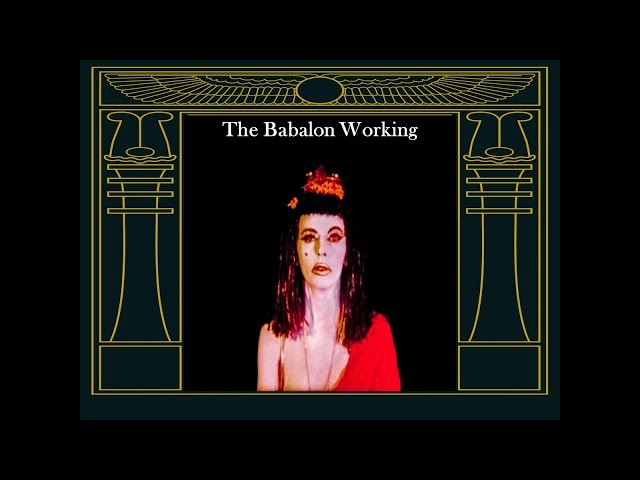
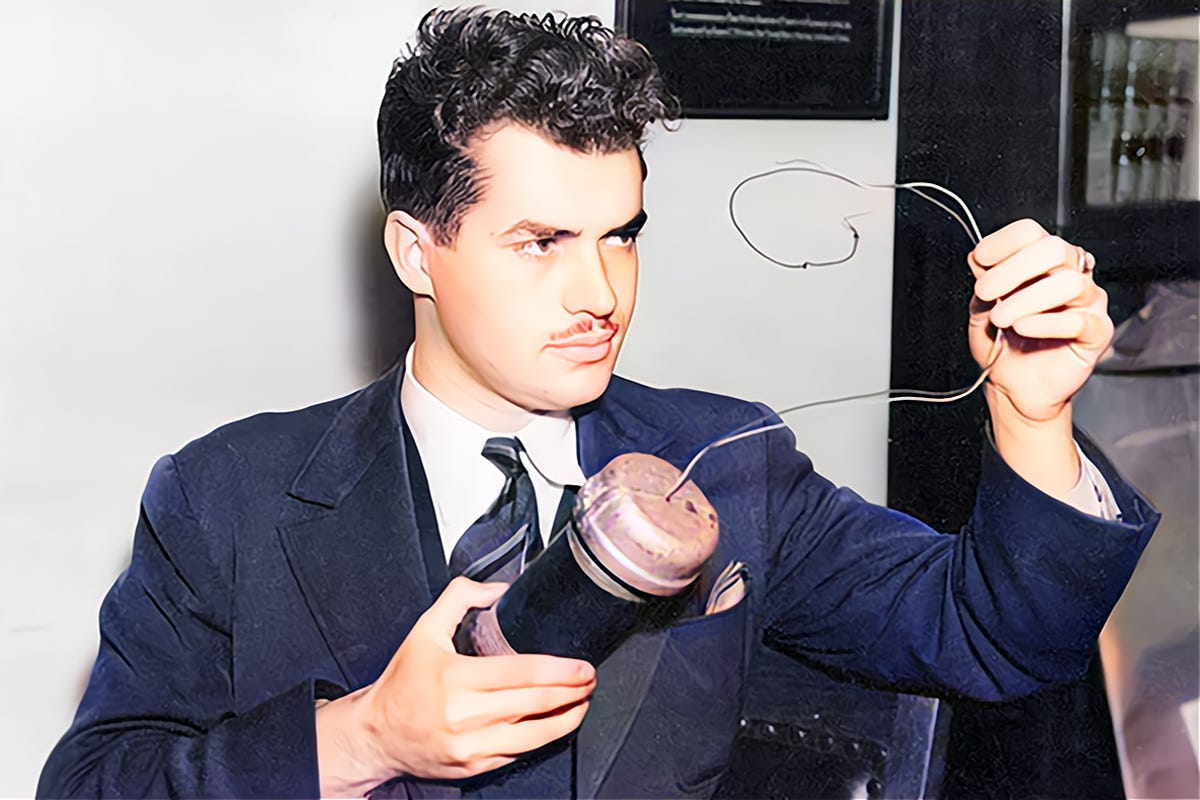
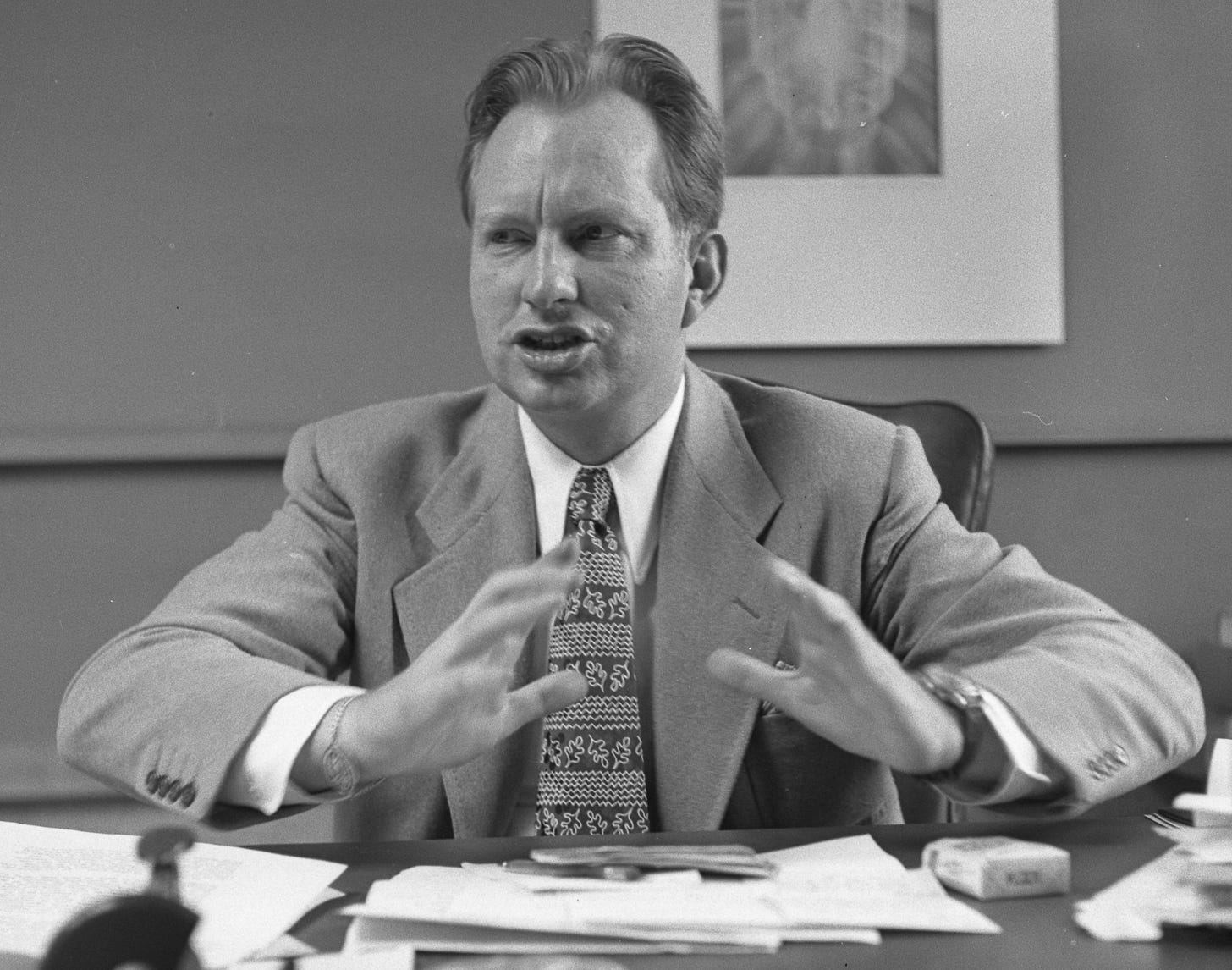
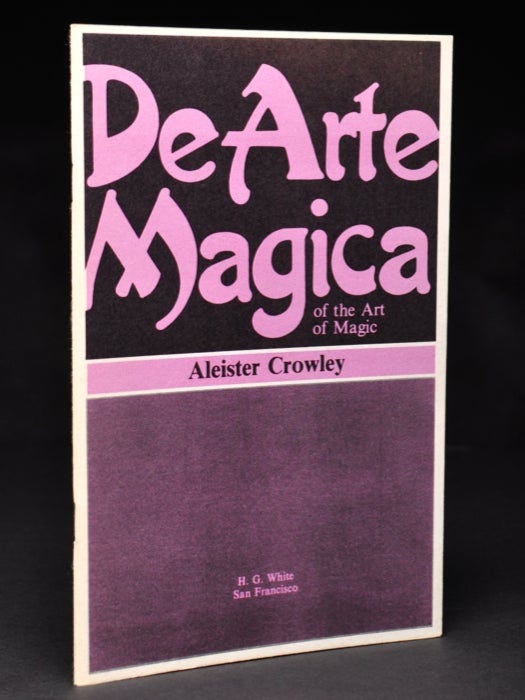
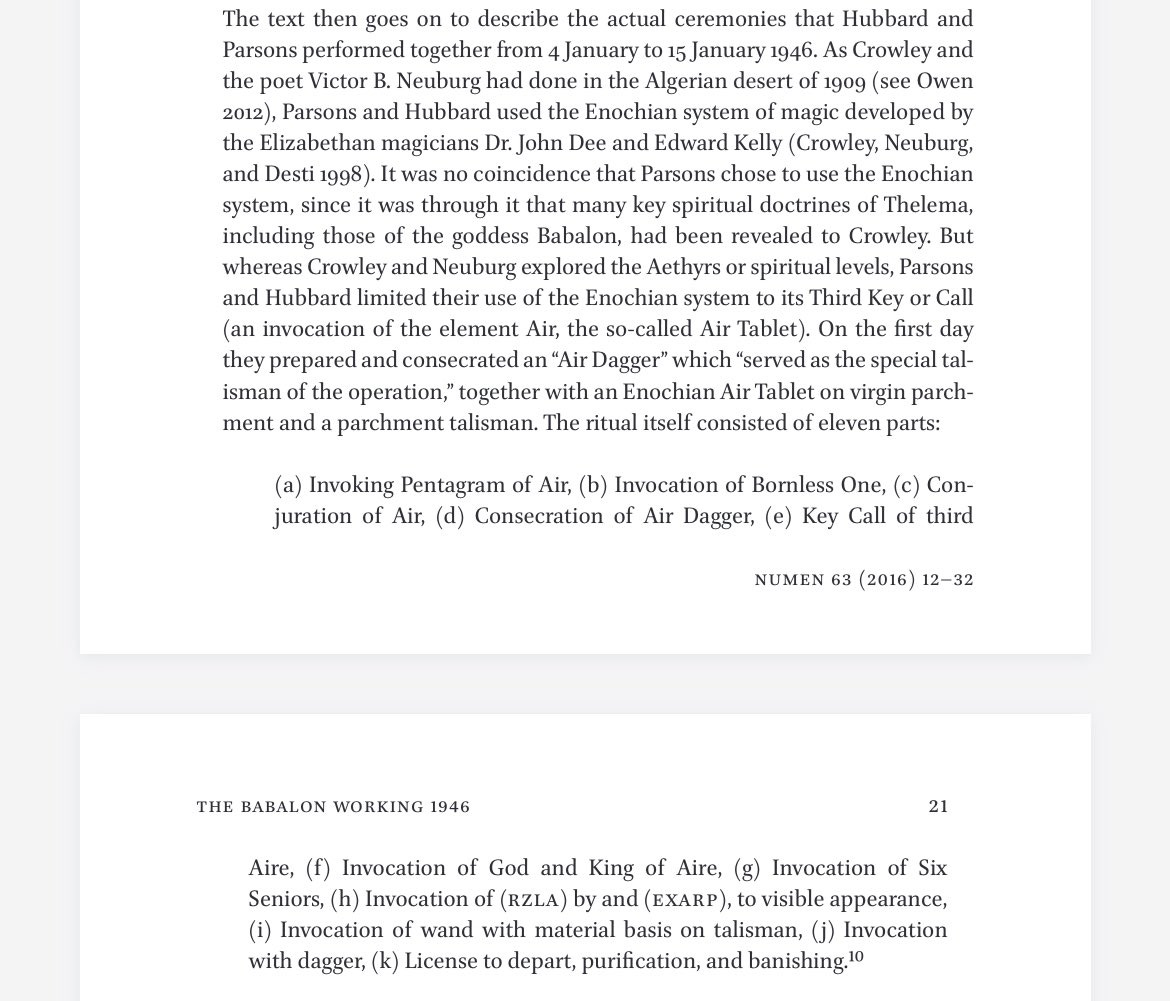

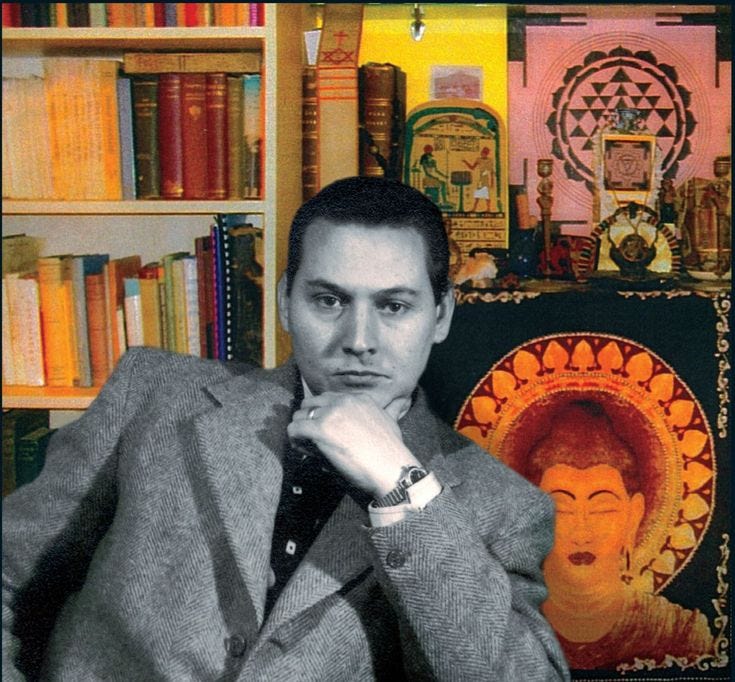

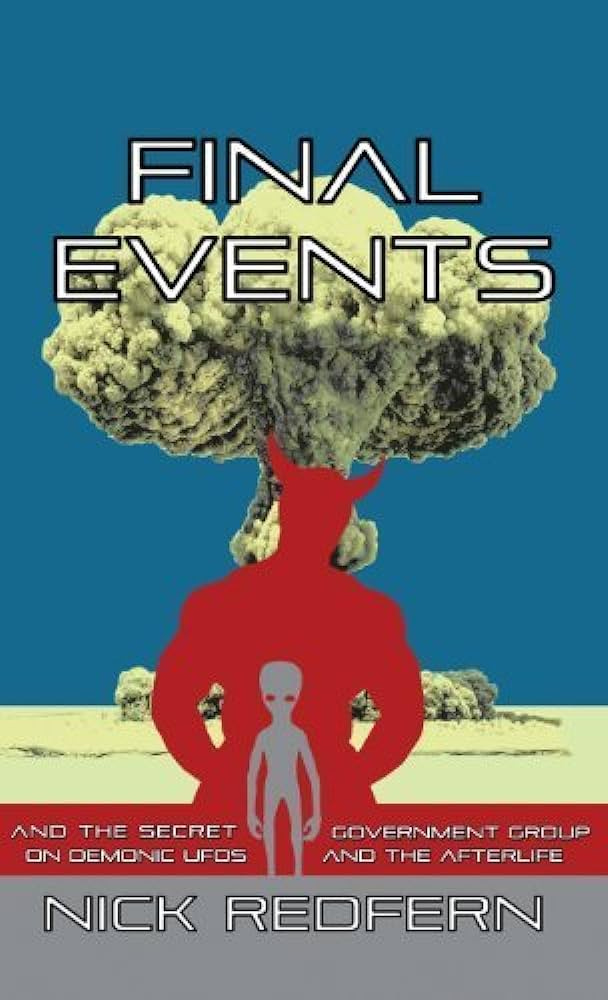
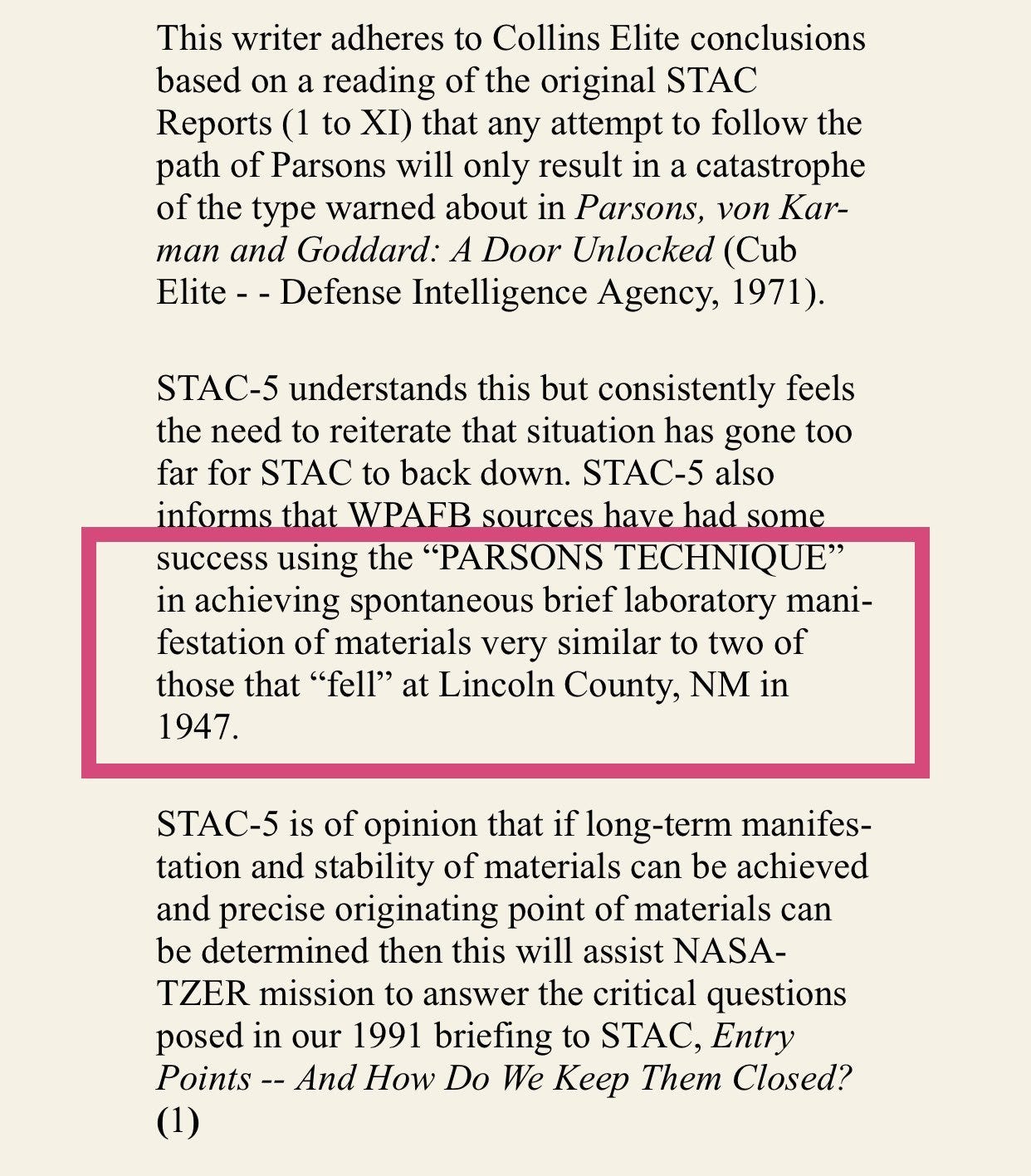
Excellent, and deserving of a wide audience and a much-needed conversation on this much-misunderstood subject. There are a lot of issues to dissect, from Parsons himself to Hubbard, Cameron, the Collins Elite, STAC5, Thelema, the O.T.O., the idea of the homonculus, occult ritual in general, etc. A lot of nonsense has been written and promulgated on Parsons, and this should serve as a sensible, clear introduction to the reality behind the hysteria.
And i still would watch a second season of Strange Angel 👀